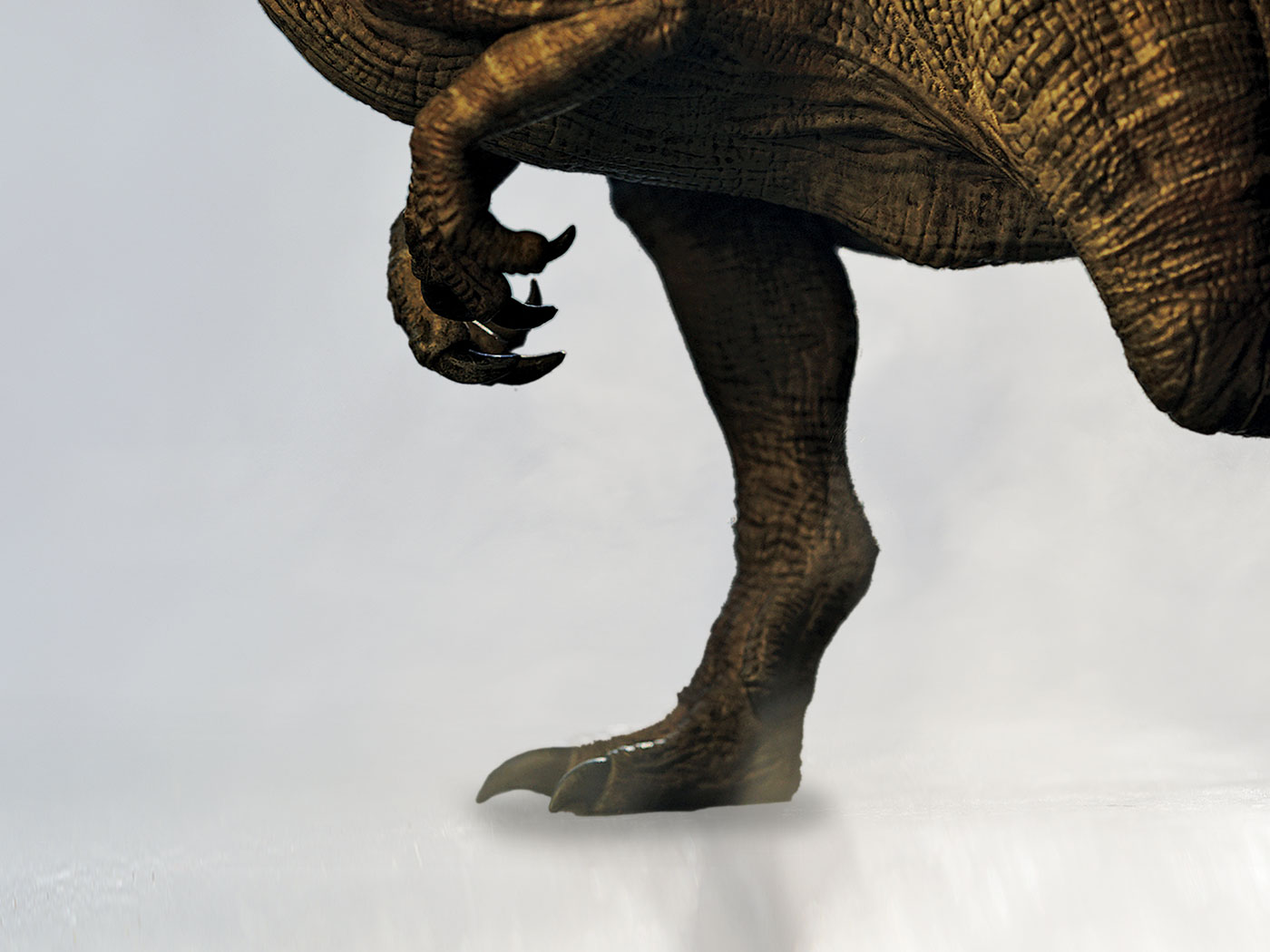“He that formed the eye, shall he not see?” (Psalm 94:9)
Animals benefit from a variety of unique eye designs, but where did eyes come from? Most vertebrates have the classic “camera eye.” It uses a transparent cornea and convex lens to bend images onto a light-sensitive layer of tissue called the retina that lines the back of the eye.
The basic design is common among many land-based creatures. For example, spineless squids and octopi use the same basic camera-eye anatomy as vertebrates—albeit with a few optimizations for life underwater. Even some jellyfish use small camera eyes. Random evolutionary accident? Unlikely!
Other life forms with an internal backbone use completely different eyes. For instance, the deep sea spookfish uses reflective mirror lenses, not refractive lenses. The chameleon has a pinhole eye design that uses concave lenses instead of convex lenses. These lenses spread out a narrow section of incoming light onto a broader retina. Similar eye designs, but unique features that “just happen” to fit the lifestyle and needs of the specific creature. Similar designs, but very different animals.
Those who do not believe in an omnipotent and omniscient Designer must speculate that the same eye designs evolved multiple times in separate organisms. And, since there is absolutely no evidence for any kind of multiple evolutionary episodes, the academic literature is full of magic words like “emerge,” “evolve,” and “appear” instead of a realistic explanation of each supposed gradual step in eye evolution. No wonder Charles Darwin wrote to American botanist Asa Gray in 1860, “The thought of the eye made me cold all over.”
“The eyes of the LORD are in every place, beholding the evil and the good” (Proverbs 15:3). HMM III
Adapted from Unlocking the Mysteries of Genesis by Dr. Henry Morris III.











